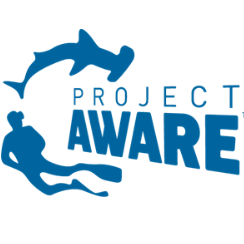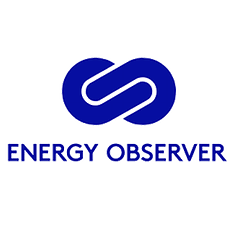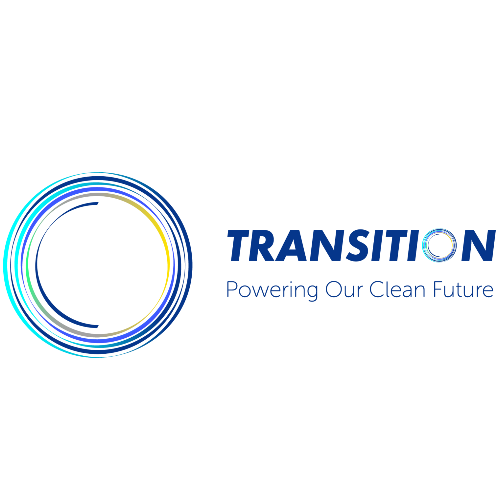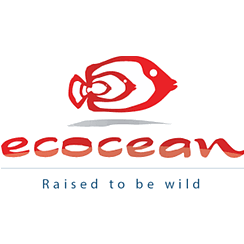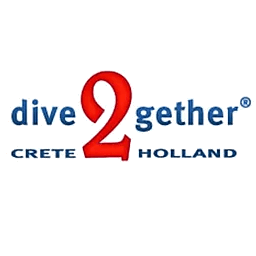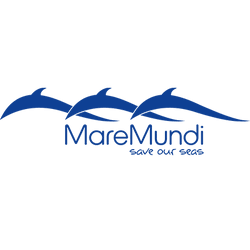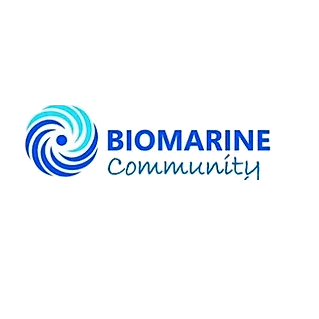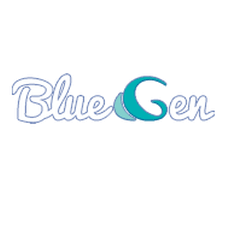The blue economy is a relatively new concept that promotes the sustainable exploitation, innovation and stewardship of marine ecosystems and the wealth of resources they provide us with. The blue economy taps into the vast potential of marine resources to drive economic development and enhance people's well-being, all while prioritizing sustainable practices that prevent overexploitation of marine resources and adverse environmental consequences. This ocean-based economy encompasses a broad spectrum of economic endeavors, spanning fisheries and aquaculture, tourism, marine transport, biotechnology, and renewable energy.
According to a report released by the Organisation for Economic Co-operation and Development (OECD), the blue economy is expected to double in size between 2010 and 2030, reaching a staggering three trillion USD and providing employment for 40 million individuals. This expansion holds immense potential, yet it also presents numerous challenges.
Expansion of the Blue Economy
On the back of the recent Group of 20 (G20) meeting where international environment and climate ministers committed to actively seek environmentally sustainable and inclusive economic growth and development within the ocean-based economy, there has been a spurt of funding initiatives to boost sustainable innovation in the blue economy.
Supporting Projects that Build Climate Resilience
The US government has invested $60 million in the recently launched Ocean-Based Climate Resilience Accelerators program, designed to support blue economy startups that are developing sustainable technologies focused on building climate resilience.
The program extends its support to projects that fall under various climate-resilience themes which encompass: ocean-based renewable energy; the monitoring and accounting of coastal and ocean carbon sequestration; building coastal resilience and mitigating climate-related risks; promote ecosystem services involving the detection, analysis, and adaptation or mitigation of changes; as well as additional climate resilience themes specific to oceans, coastlines, and the Great Lakes proposed by applicants.
The first phase of the program, which is accepting applications for funding until September 11, 2023, will provide funding of up to $250,000 per selected project, while the second phase will allow applicants from phase one to apply for funding of up to $10 million to scale up their projects.
Funding Hydropower and Marine Energy Projects
In addition to the above, the US Department of Energy (DOE) recently allocated funding exceeding $3.5 million for 18 innovative new ventures within the hydropower and marine energy fields. These projects have been selected as part of the Small Business Innovation Research (SBIR) and Small Business Technology Transfer (STTR) program, with the primary goal of advancing water power technologies nationwide. It is envisioned that these initiatives will play a significant role in realizing the ambitious goals of the Biden administration, which include achieving a carbon-free power sector by 2035 and establishing a net-zero-emissions economy by 2050. Of the selected projects, nine are focused on hydropower, while the remaining nine are centered around marine energy.
Addressing the Challenges
Dr. Richard Spinrad, Under Secretary of Commerce for Oceans and Atmosphere and NOAA Administrator, defines the New Blue Economy as "a knowledge-based economy, looking to the sea not just for extraction of material goods, but for data and information to address societal challenges and inspire their solutions."
Scientific data can play a critical role in establishing and maintaining a sustainable blue economy. The fields of genetics (DNA sampling, isolation, and analysis) and metagenomics — the study of the structure and function of DNA isolated and analyzed from a community of organisms (typically microbes) in a bulk sample — for example, can help identify a species as well as its origins, and provide insights into how human activities impact marine organisms. However, in order to establish a sustainable blue economy supported by meaningful contributions from the life sciences, effective data collection, analysis, and sharing is crucial.
There is a wealth of scientific data that has been collected by marine scientists over the years, but making this data publicly available has been a challenge. According to Rob Finn, EMBL Senior Scientist and Head of Microbiome Informatics at EMBL-EBI, the primary hurdle has involved the extraction of insights from the extensive datasets of metagenomic information being gathered globally. This requires a methodical approach to data collection, ensuring that each sample is accompanied by metadata. Metadata encompasses various contextual details, including the time and location of sample collection, as well as environmental factors like temperature, depth, and pH. While recording metadata can be a time-intensive task, it plays a vital role in enabling scientists to contextualize their scientific data alongside other samples, facilitating a better understanding of variations among organisms within a sample. Comprehensive metadata allows data to be reanalyzed and reused to address any new research questions that may arise.
EMBL-EBI's public data resources —including the MGnify database, which enables access to analyzed microbiome data and adds value by systematically organizing the data into large collections of different data types (e.g. proteins)— allow any researcher to access data that has already been collected to gather information related to their research question.
Monitoring the Impacts of Human Activities
EMBL is currently conducting the 'TRaversing European Coastlines' (TREC) expedition, which will run until summer 2024, where molecular data from 120 coastal sampling sites across 22 European countries will be systematically collected, with the ultimate goal being to gain insights into coastal ecosystems and their response to the environment.
"The huge volumes of data collected will be made publicly available so researchers around the world can explore a wide range of questions, and develop new solutions for the blue economy," said Finn.
Besides the economic prospects associated with the blue economy, it's crucial to consider how human activities will impact our oceans. By collecting seawater, soil, and aerosol samples, scientists can gain a clearer understanding of how environmental changes affect marine organisms and communities at cellular and molecular levels.
NOAA defines the blue economy as "a sustainable and equitable ocean and coastal economy that optimizes advances in science and technology to create value-added, data-driven economic opportunities and solutions to pressing societal needs."
New technologies can and are contributing to a growing blue economy. However, in order for the blue economy to remain economically and environmentally sustainable, it needs to be carefully monitored to prevent marine resources from being overexploited or negatively impacted by human activities. Scientific data can play an important role in providing critical insights for ensuring the blue economy is managed sustainably.
Sources:
https://fas.org/publication/one-ocean-one-blue-economy-with-maritime-blue-coalition/
https://impakter.com/g20-ministers-recommit-to-paris-agreement-agree-on-blue-economy-principles/


